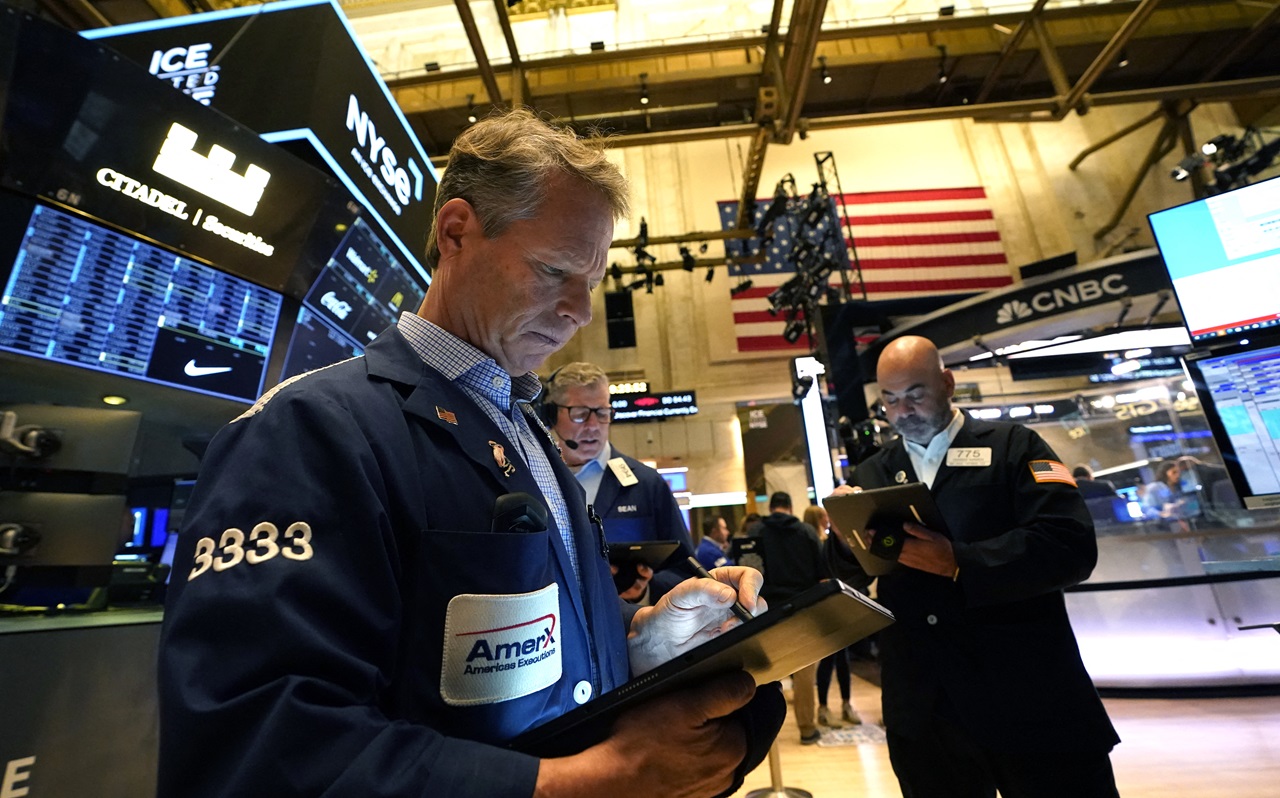
Five facts to understand Russia's invasion of Ukraine
A common history, gas and mineral supply and territory are the causes of a new war that threatens the world.
The drums of confrontation have been beating for months, diplomatic declarations and meetings to de-escalate the conflict did not have the expected effect, and today the world is facing what the European Union called "the darkest hours for Europe since the end of World War II."
But like all conflicts, the "special military operation" deployed by Russia is the latest stage of a conflict that dates back to World War II and became more pronounced in recent history, starting in 2014.
Here are five contextual facts to understand the newest Russia-Ukraine conflict.
Soviet Ukraine
The ties between Russia and Ukraine go back centuries, the Slavic origin of the two nations is only part of their common past.
Ukraine is a country that due to its geographical location has been strategic. After the Second World War, when Europe was divided among the powers in the Warsaw Pact, Ukraine became part of the USSR. It remained part until the larger nation's dissolution in 1991.
However, Russians still feel that the territory is theirs. During the Second World War, Russia developed several industries in the country, and many Russians emigrated and settled there. That explains, for example, why a large part of the Ukrainian population speaks Russian.
Crimea
2014's events were one of the key moments in the escalation of the conflict between the two countries.
For Ukrainians and many experts the war, which entered its darkest chapter today, started when the so-called Donbas war broke out between pro-Russian rebels and the Ukrainian army.
From the beginning of the conflict, Russia's interest was clear to support to the rebels. A month after the clashes, Russia annexed Crimea, a strategic move because not only is it a territory that Russians have always claimed, but the peninsula is also home to the Russian naval base of Sevastopol.
RELATED CONTENT
The war in the Donbas is one of the longest of the new millennium. According to the UN, at least 14,000 people have died since its start.
NATO
One of the triggers of the current crisis is the possible entry of Ukraine into NATO. For Russia, this would mean having the United States and Western powers in its backyard.
"For us it is absolutely obligatory to ensure that Ukraine never, ever becomes a member of NATO," Russian Deputy Foreign Minister Sergei Ryabkov said a few weeks ago.
That is why for months, Russian diplomats have been demanding the signing of a document guaranteeing that NATO will not seek to annex more countries, something the member countries refuse to do.
Currently, Ukraine and Georgia (also bordering Russia) are seeking to join the body.
Separatists
The other critical point of the conflict to develop in recent months is Russia's support for the rebel regions of Donetsk and Luhansk in eastern Ukraine.
These regions declared their independence and Russia recognized them on Monday, Feb. 21, allowing Putin's government to bring in its troops to help with the process of "pacifying" the area, the final step before Thursday's invasion.
Gas and the rust belt
Like most conflicts and wars, the reasons have economic and resource access undertones. In this case, Ukraine is strategic not only for transporting Russian gas to Europe, but the area is also known as the rust belt, an area rich in minerals and metals, such as steel.











LEAVE A COMMENT:
Join the discussion! Leave a comment.